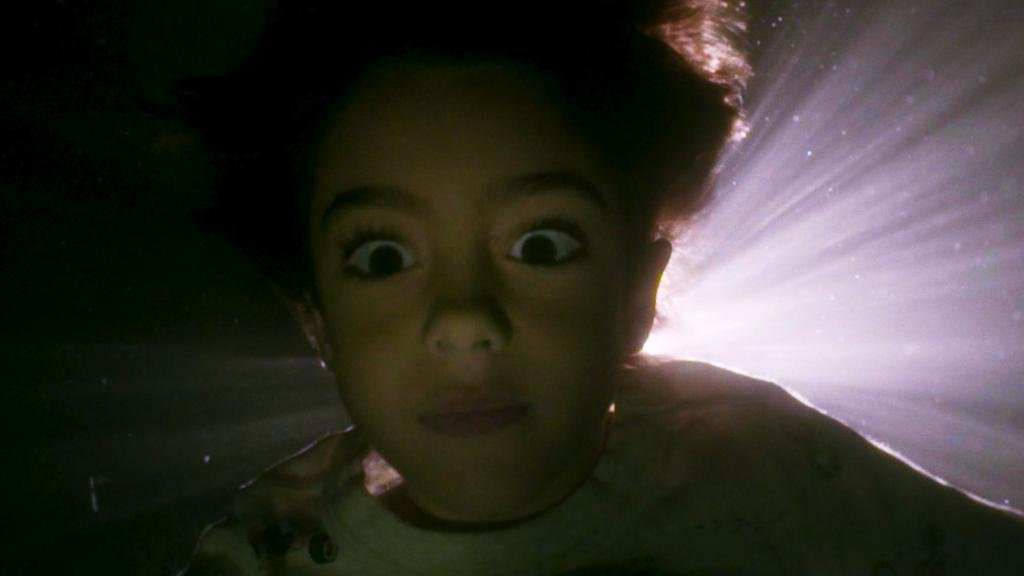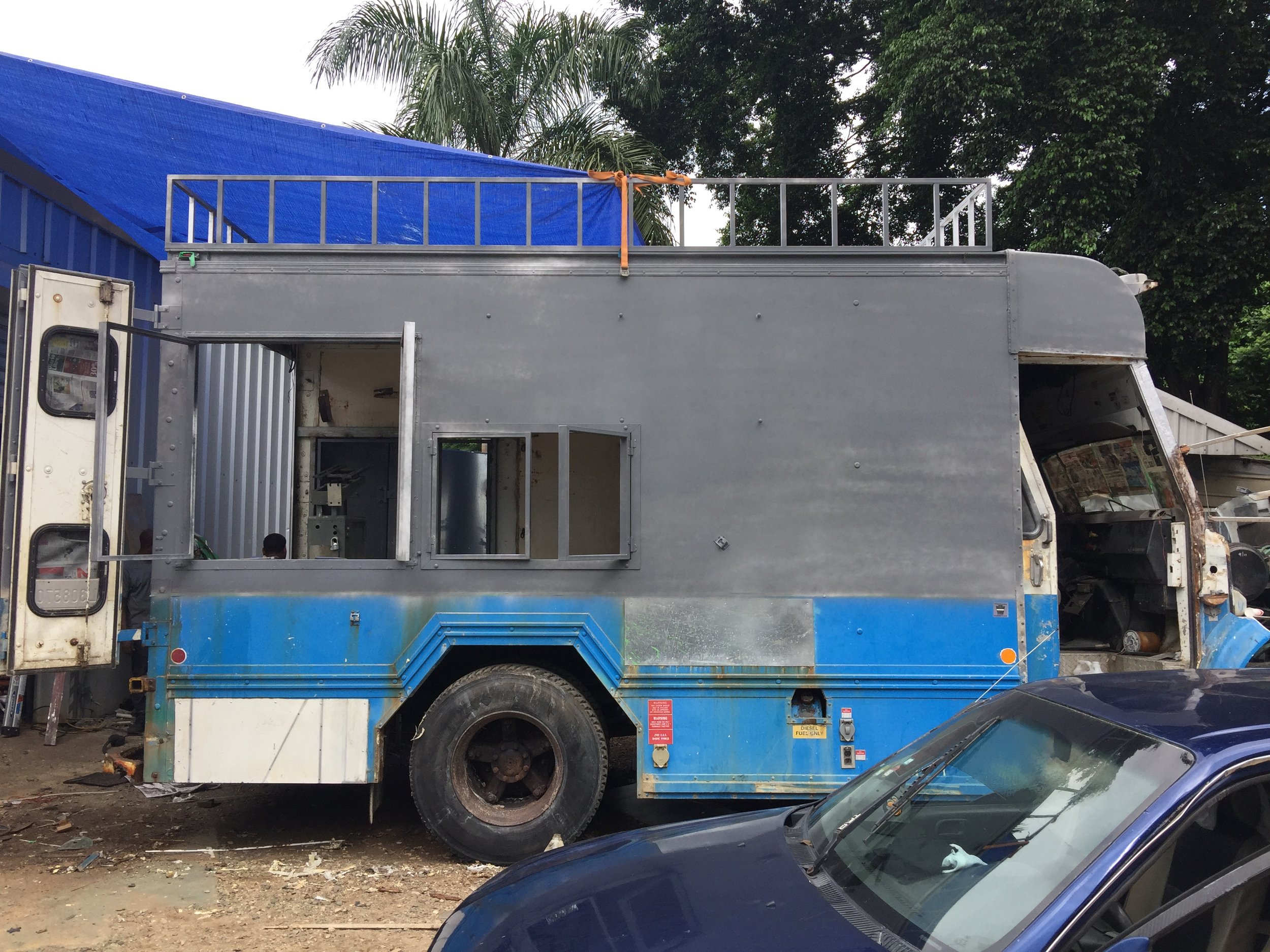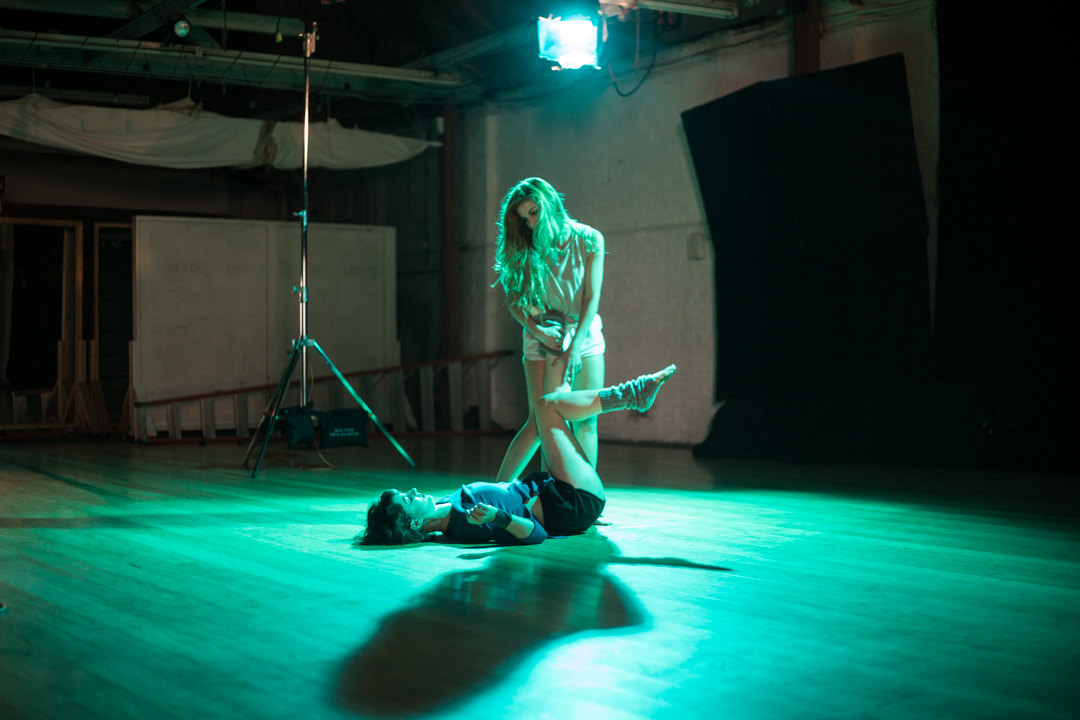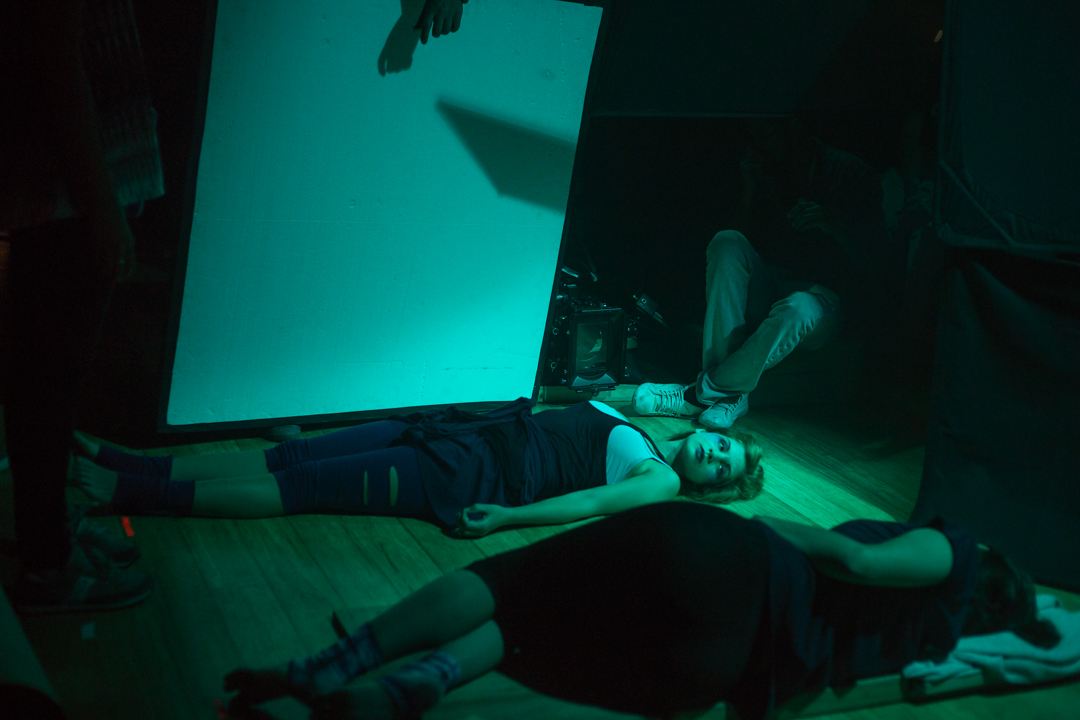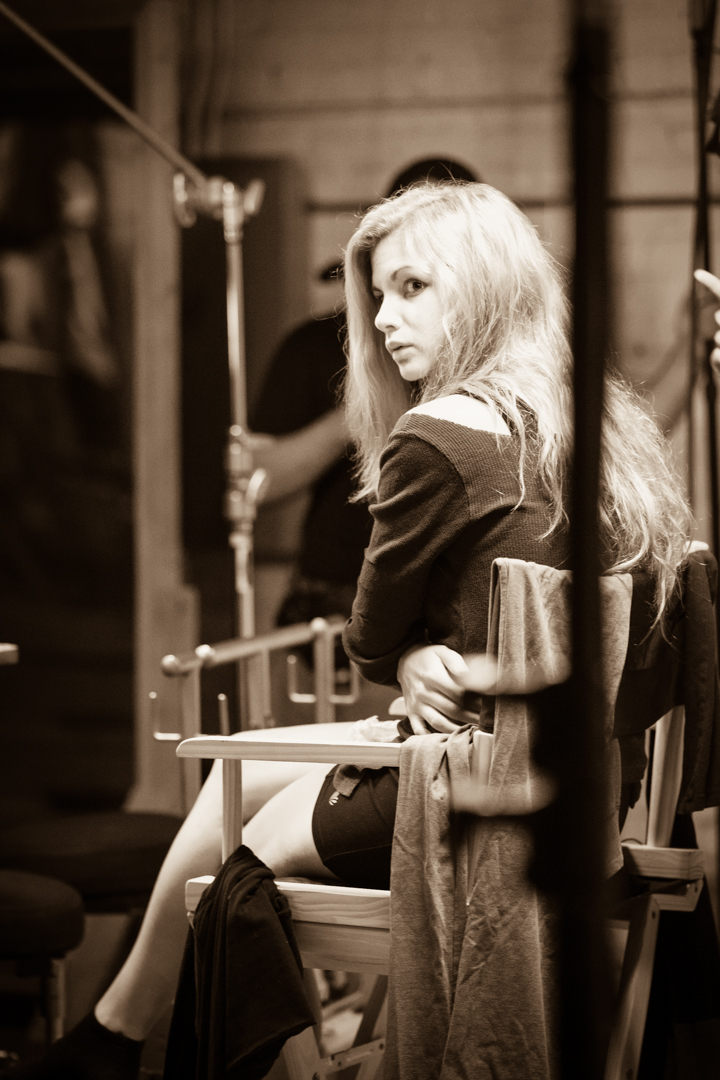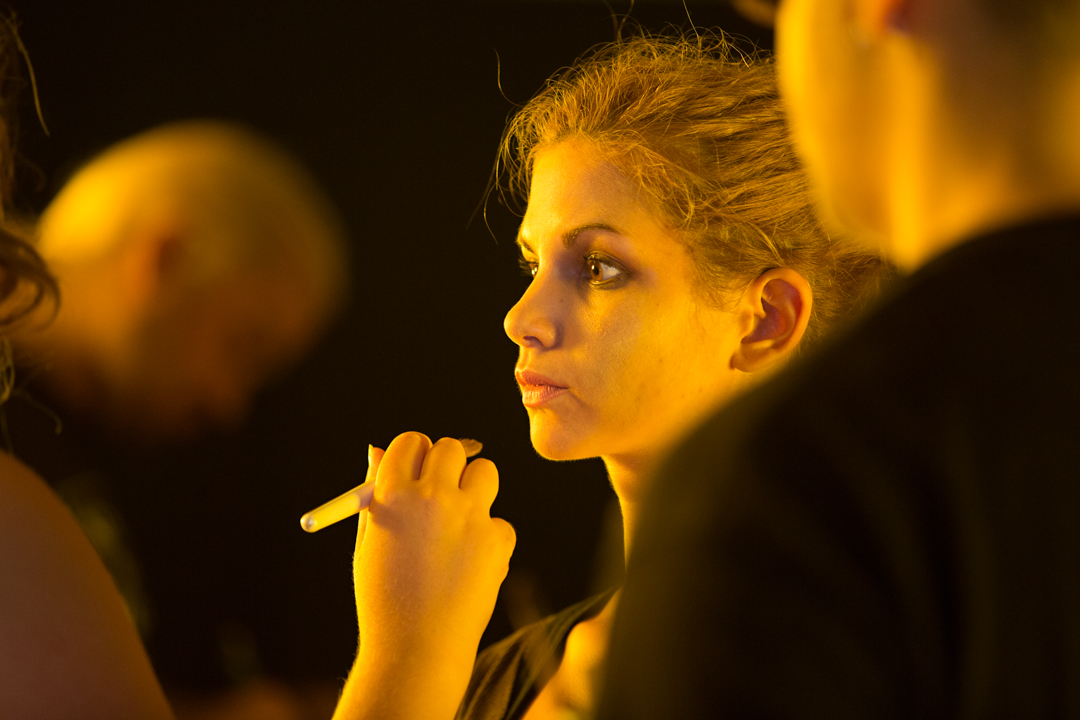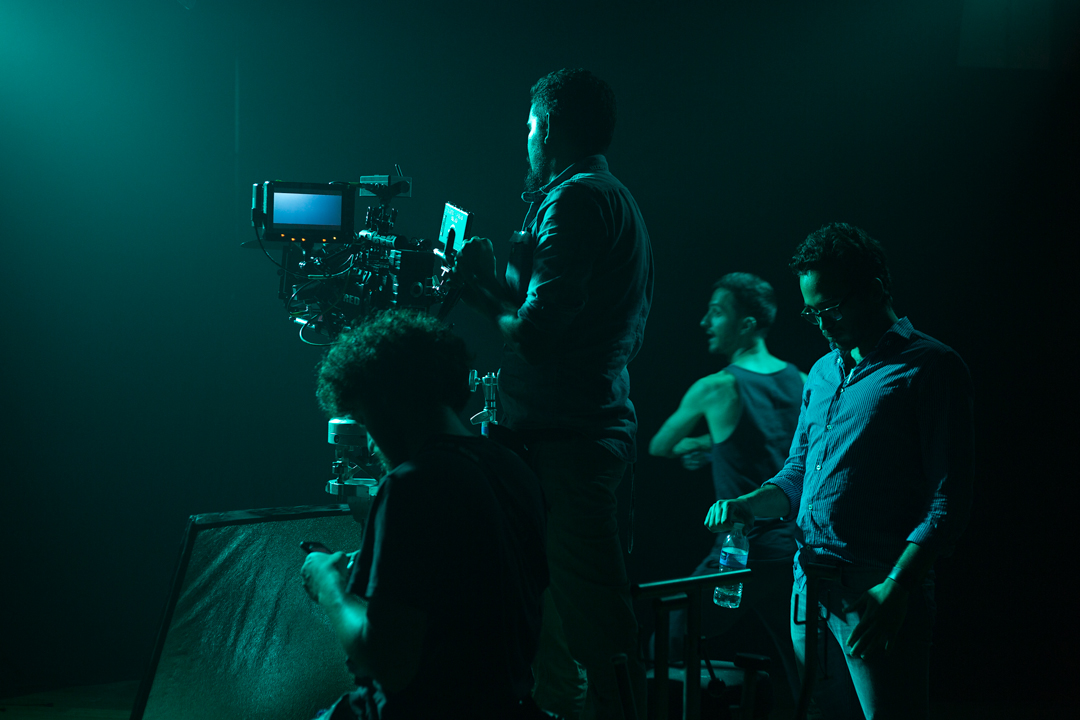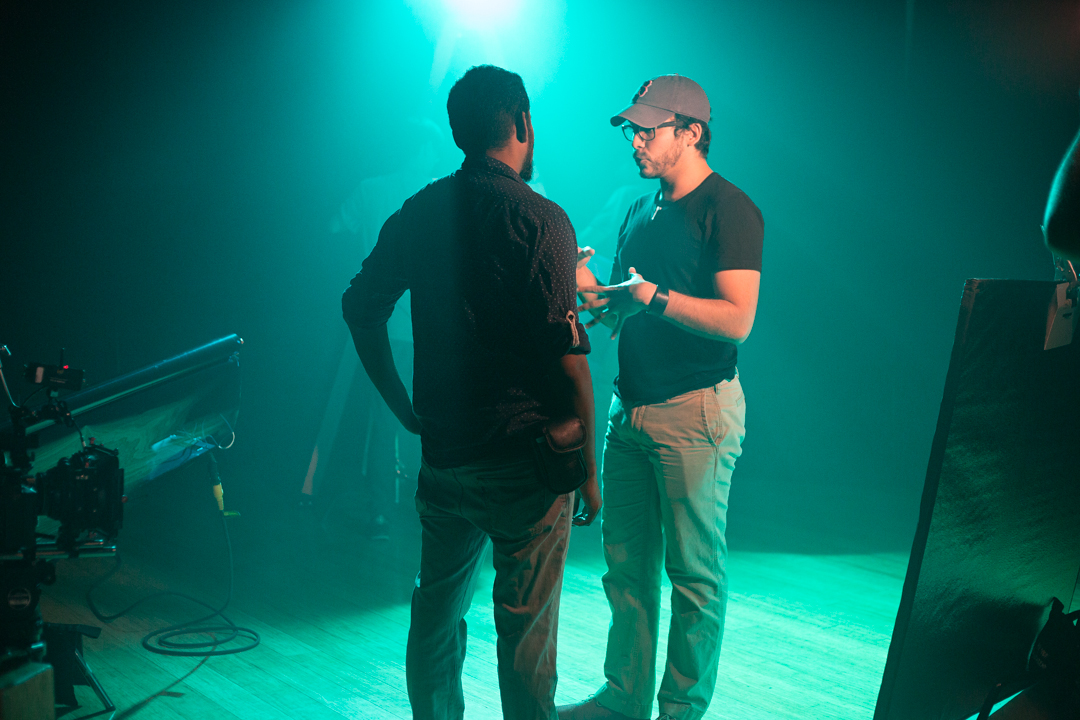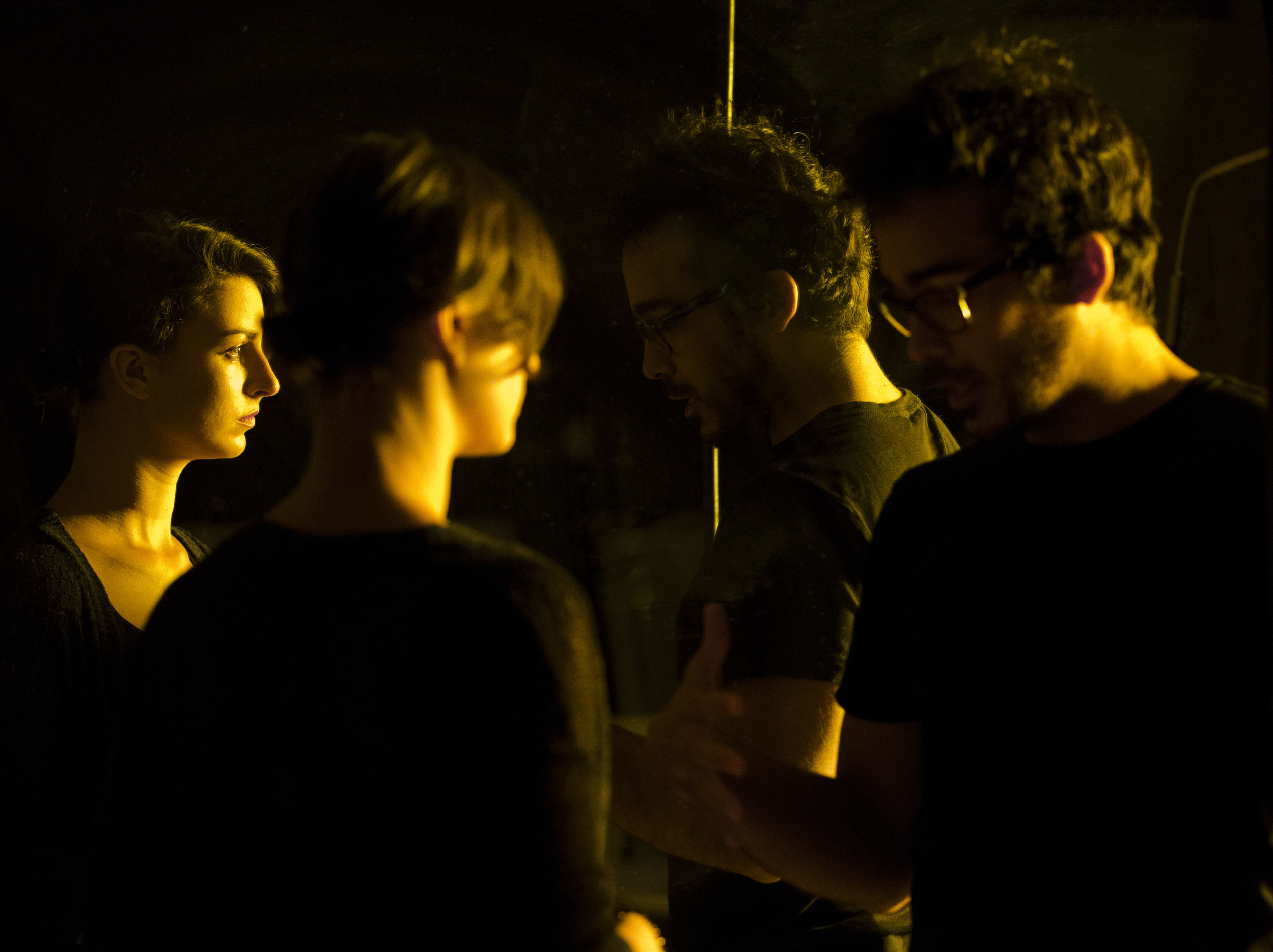Los Pasos del Tiempo - Feature Documentary (2025)
“Los Pasos del Tiempo” tells part of the history of Ballet in the Dominican Republic, which began through foreign influences, mainly from Europe and Cuba, and more specifically in the 1940s. Thanks to three remarkable women, who were the main protagonists, the foundations were laid for ballet to thrive and secure its place today. In this documentary, we recreate some of the most representative ballets of the island and explore the stories of the dancers.
Logline
Three visionary women introduced ballet to the Dominican Republic, laying the foundations for a legacy that, 40 years later, remains alive through Ballet Concierto Dominicano, where passion, discipline, and excellence continue to shape new generations of dancers.
Synopsis
Ballet in the Dominican Republic took root thanks to three visionaries: Herta Brauer, Magda Corbett, and Clara Elena Ramírez, who established the foundations of this art form in the country. Over the years, Clara Elena Ramírez solidified her legacy through teaching and the founding of Ballet Concierto Dominicano. Today, under the direction of her son, Carlos Veitia, this institution continues to train new generations, celebrating 40 years of excellence and passion for dance.
About
This artistic piece narrates the history of ballet in the Dominican Republic, from its pioneering figures to its current evolution under the leadership of Carlos Veitia.
























































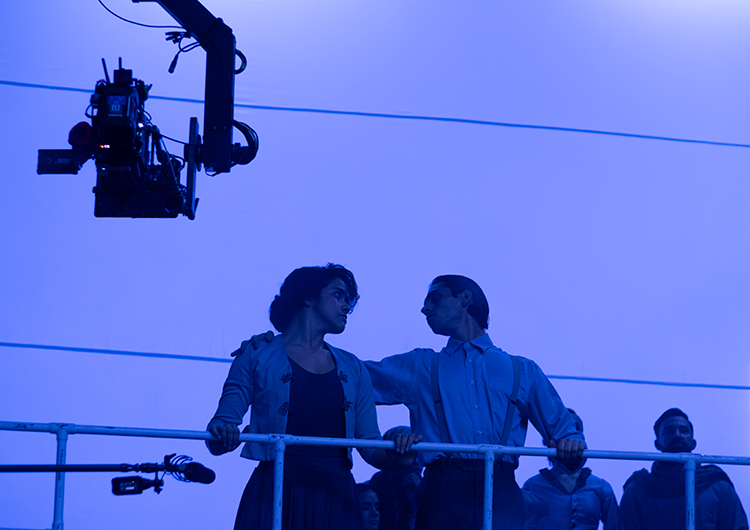



































































































































































































Producer: Ivette Bautista
Director: Óliver Olivo
Director of Photography: César Zayas
Screenplay: Claudia Galeano
Line Producer: Nicole Quiñones
Production Designer: Óliver Olivo
Art Direction: Sharlyn Navarro
Editor: Francisco Montás























































































































































